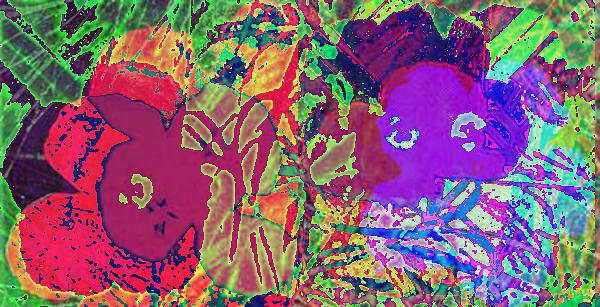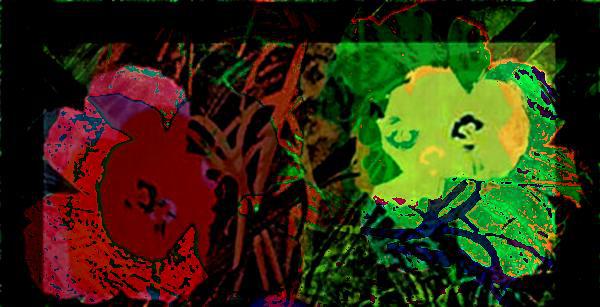Issue 2/2007 - Net section
Artistic Freedom, Reloaded
The situation of copyright legislation – as seen by a co-initiator of the initiative Kunstfreiheit.ch
The freedom of artistic expression is enshrined in most European constitutions. In Switzerland, for example, Article 21 of the constitution states concisely: »The freedom of artistic expression is guaranteed.« In Germany (Art. 5.3) and Austria (Art. 17a), the relevant paragraphs also include the freedom of research and teaching. In the administration of justice, this freedom is mostly understood as a protection from state influence and censorship, while the originally Romantic postulate of freedom in art aimed above all at the freedom from bourgeois conventions. »To each age its art / To art its freedom« is, for example, written above the entrance to the Secession in Vienna.
While the exertion of influence by the state is probably less of a threat these days (or more subtly applied by means of subsidy policies) and the bourgeois moral corset is no longer all that restrictive, the freedom of artistic expression is now exposed to a completely new danger. The protection of intellectual property that is also enshrined in the constitution is being increasingly understood as a right to monopoly that can be enforced using all means available. This right is meant to give its owner, mostly a commercial utiliser or an institution in charge of an estate, virtually absolute control over the use of the protected work and all its parts, how ever small they might be. The existing laws are being applied more and more aggressively, and new restrictive legislation, above all regarding the protection of technological measures to control access to digital data (digital rights management, DRM), is being passed. All in all, the range of control granted to the rights owner is being extended, while the leeway for contemporary artistic practices is being restricted.
This situation is made all the more dramatic by the fact that the attempt to apply copyright laws more and more comprehensively is diametrically opposed to a large number of established and new artistic practices that work with the borrowing, transformation and redefinition of existing content. While art theory and practice continue to move further away from the concept author = work, instead emphasising collaborative and transformative aspects, the law is defining it more and more rigidly. In view of this conflict, artists and cultural institutions are increasingly at risk of straying into the grey zones of copyright law and perhaps having to pay very expensive court costs. For artists who work with such practices, this can mean a noticeable loss of creative freedom.
But resistance is gradually starting to make itself felt. This is partly noticeable in artistic projects that deliberately play with these tensions. The project »nikeground«, which the artists group 0100101110101101.org carried out in October 2003 together with the now closed Viennese institution, Public Netbase, is paradigmatic of these. A performance staged in close proximity to the Secession suggested that Nike had taken over the sponsoring of Vienna’s Karlsplatz square, which, like countless football stadiums, was to be renamed after the sponsor. The initiation of legal measures was successfully turned into a public discussion by citing artistic freedom. Nike withdrew most of its complaints.
Two more recent projects directly address the legislative process. The Canadian initiative appropriationart.ca, launched in June 2006, points out that every artistic work always contains acts of taking and giving and that the tightening of copyright is threatening artistic activity in all areas. In an extremely short space of time, almost the entire Canadian art scene has given its support to this standpoint. A similar initiative was launched in Switzerland at the end of September under the title »kunstfreiheit.ch«. As in Canada, a revision of copyright laws was about to be undertaken in Switzerland as well, and more than 500 artists and art figures, some of them very prominent ones, signed an open letter that makes it clear that this extension of copyright legislation is not in the interests of many artists. Even if the influence on the actual legislative process in Switzerland was minimal, the public response was bigger than expected and contributed to increasing awareness for the fact that (artistic) freedom has to be constantly redefended against new attacks.
Translated by Timothy Jones



